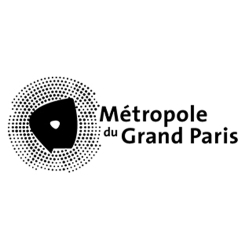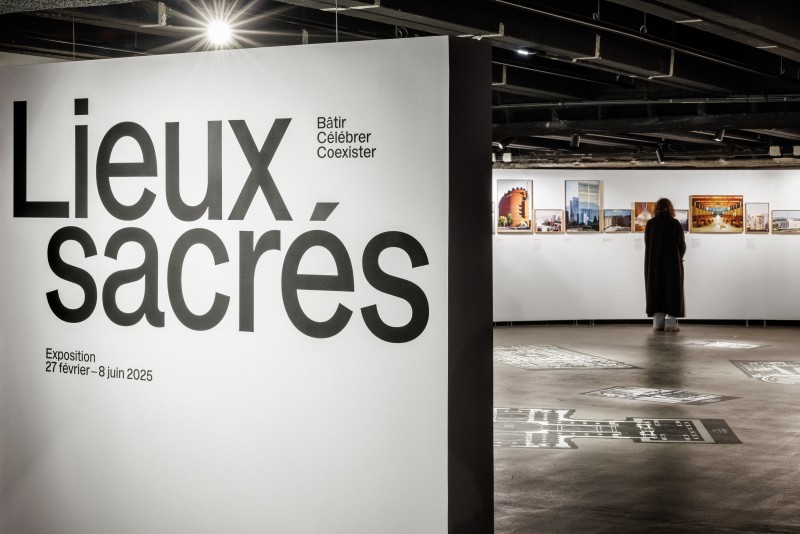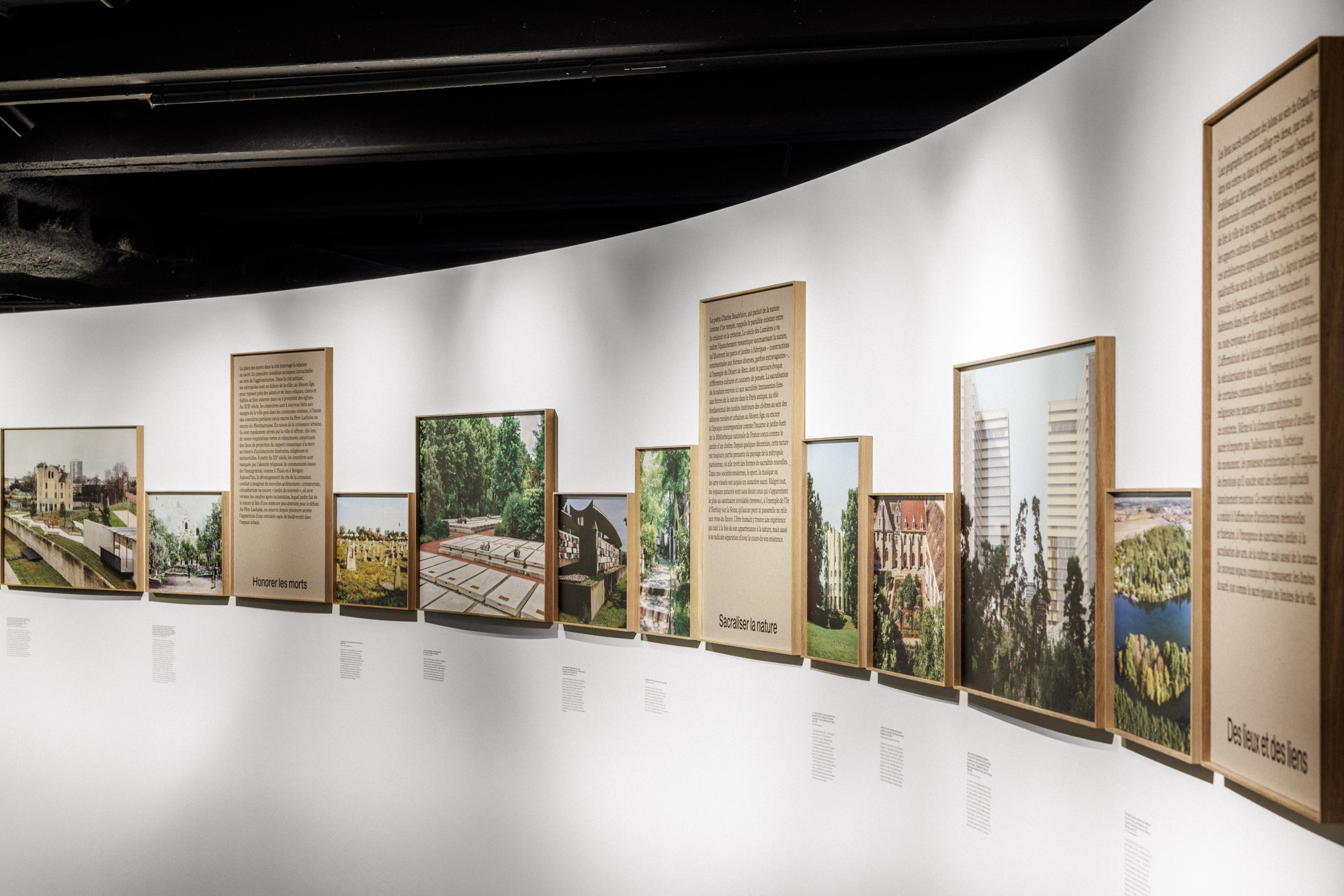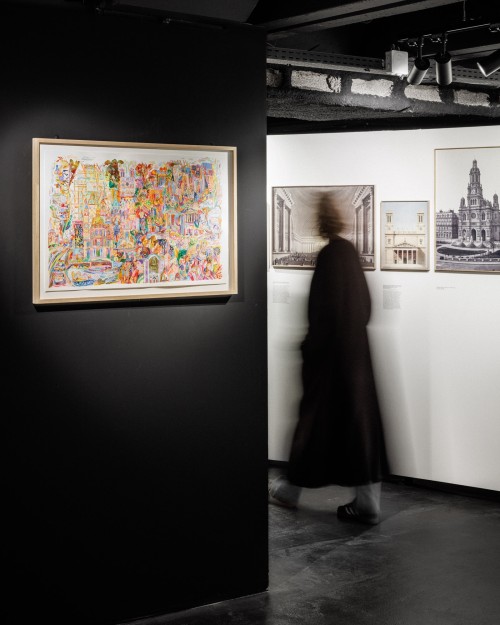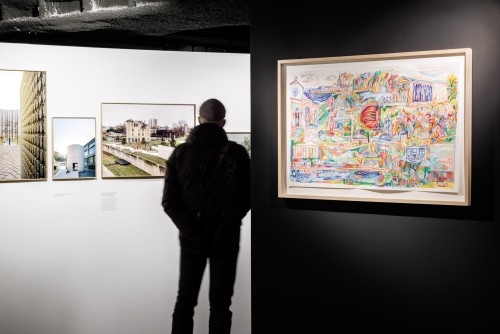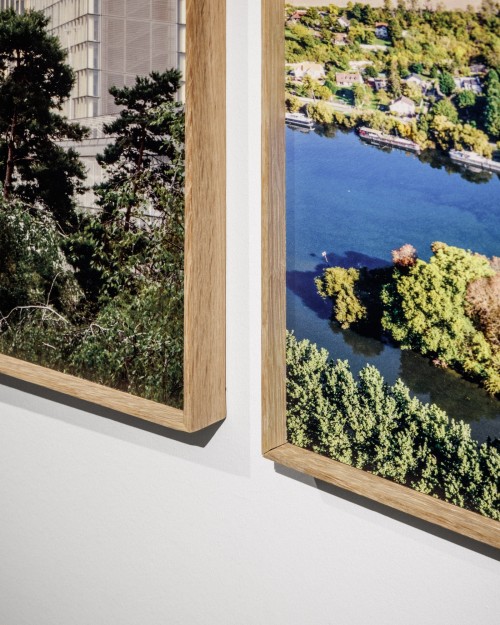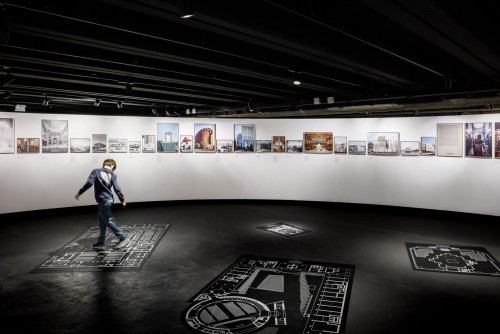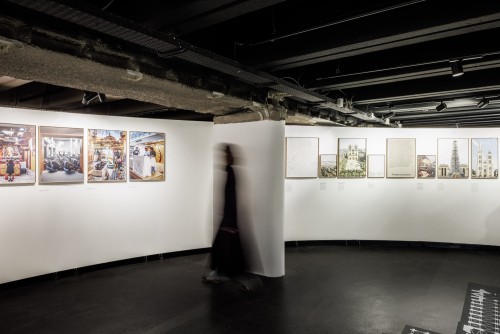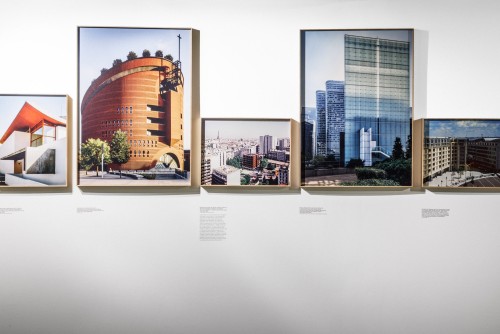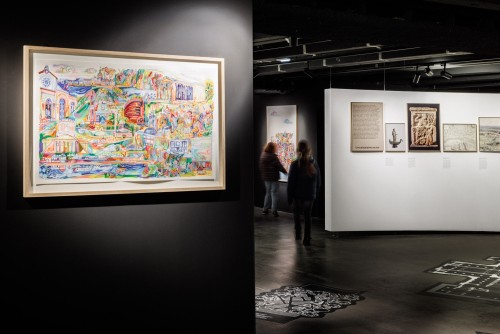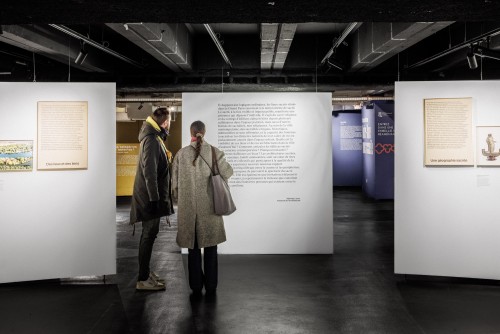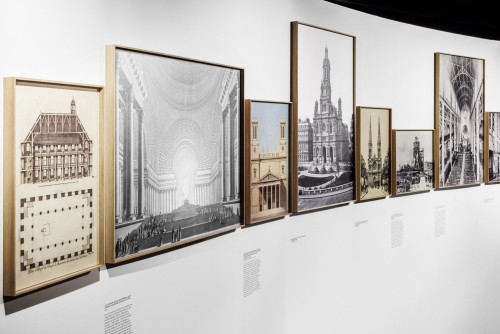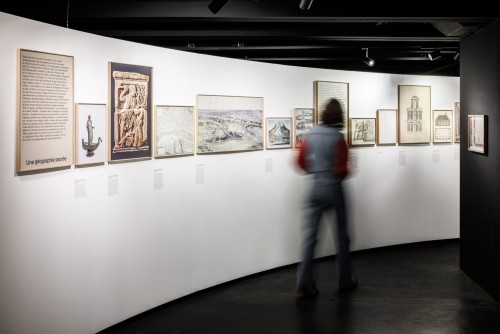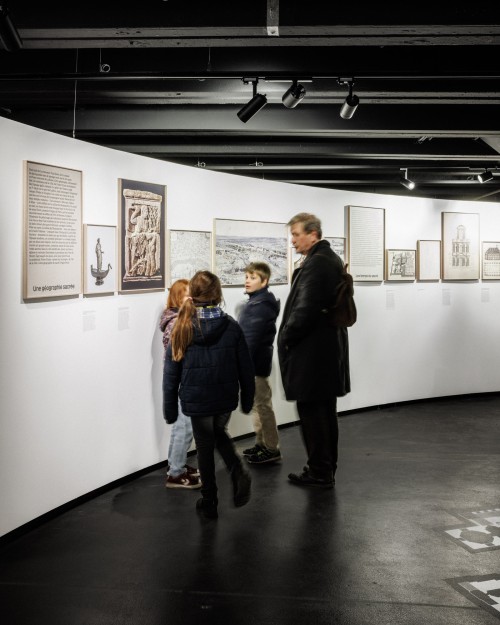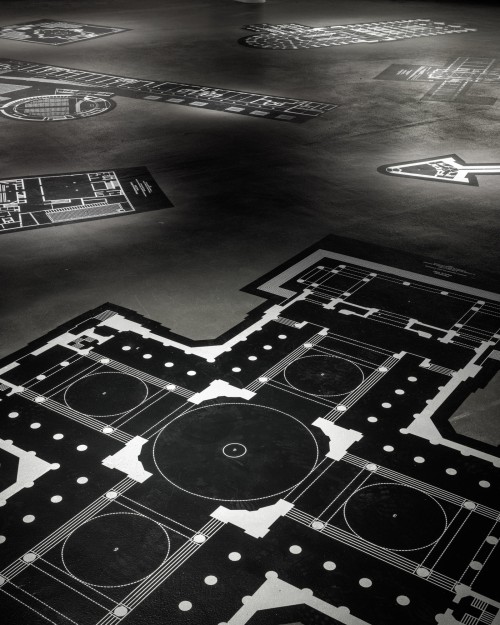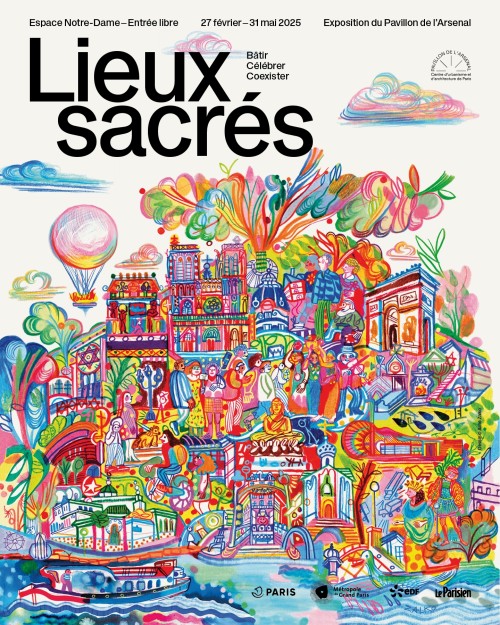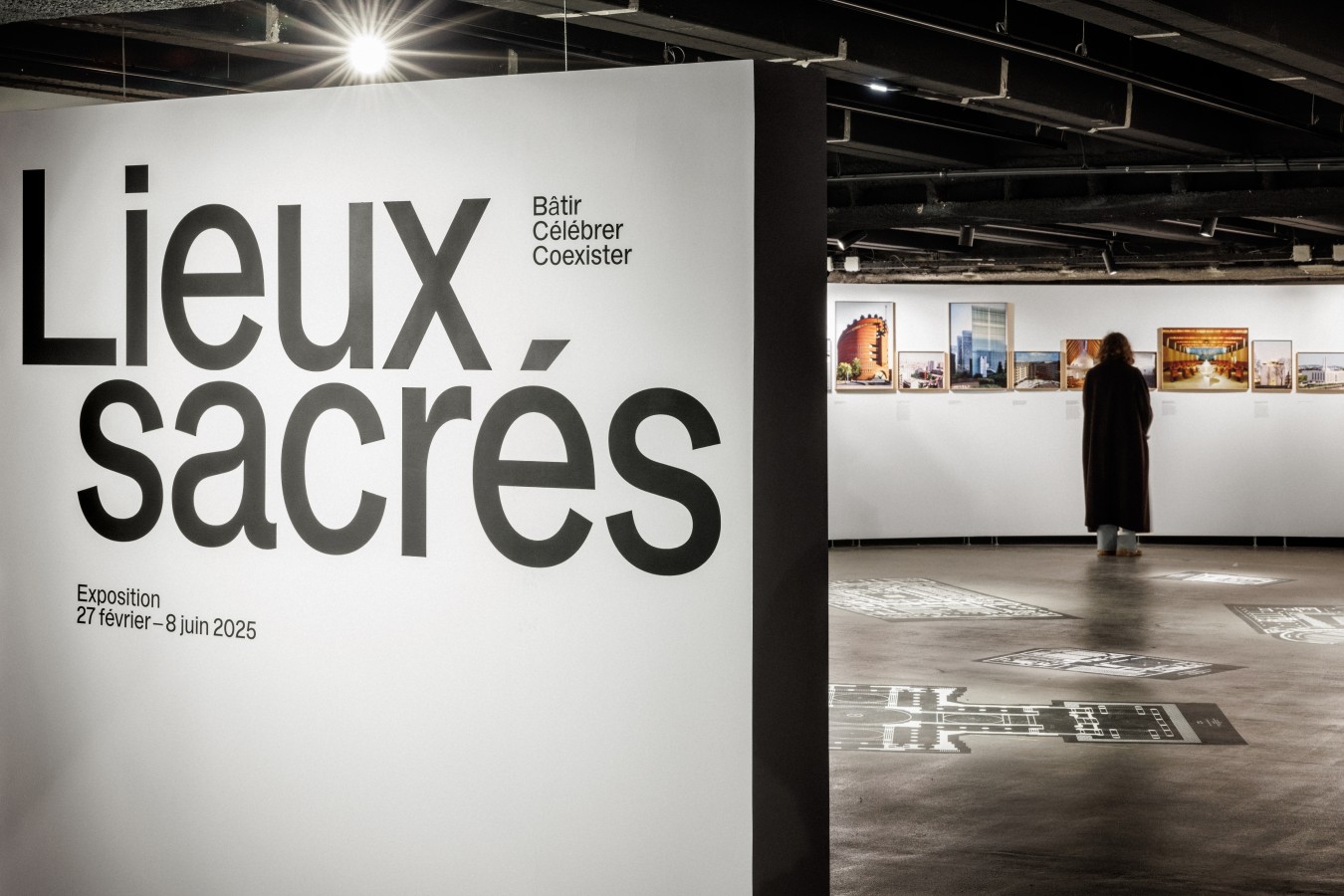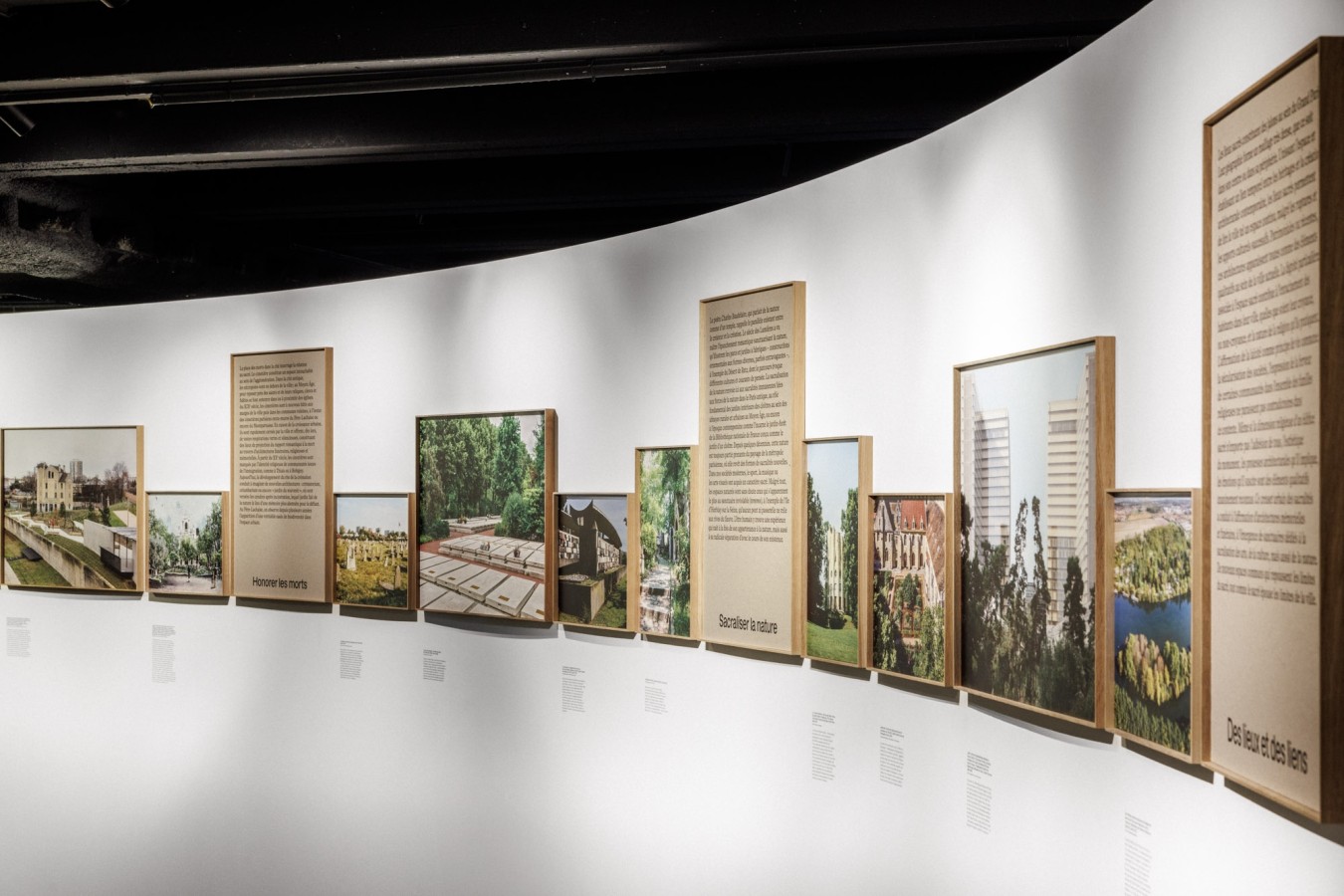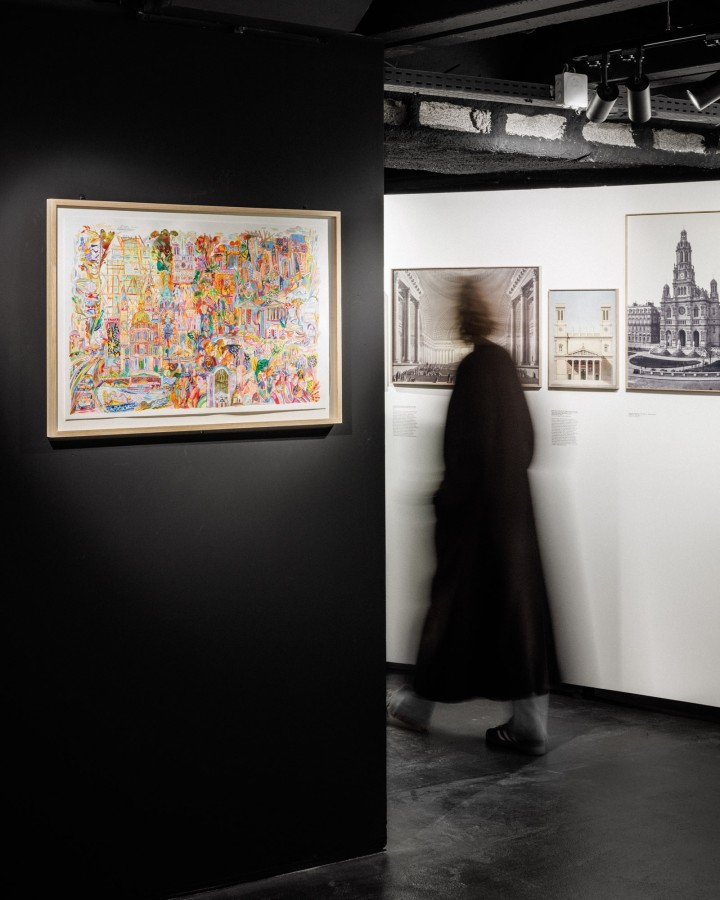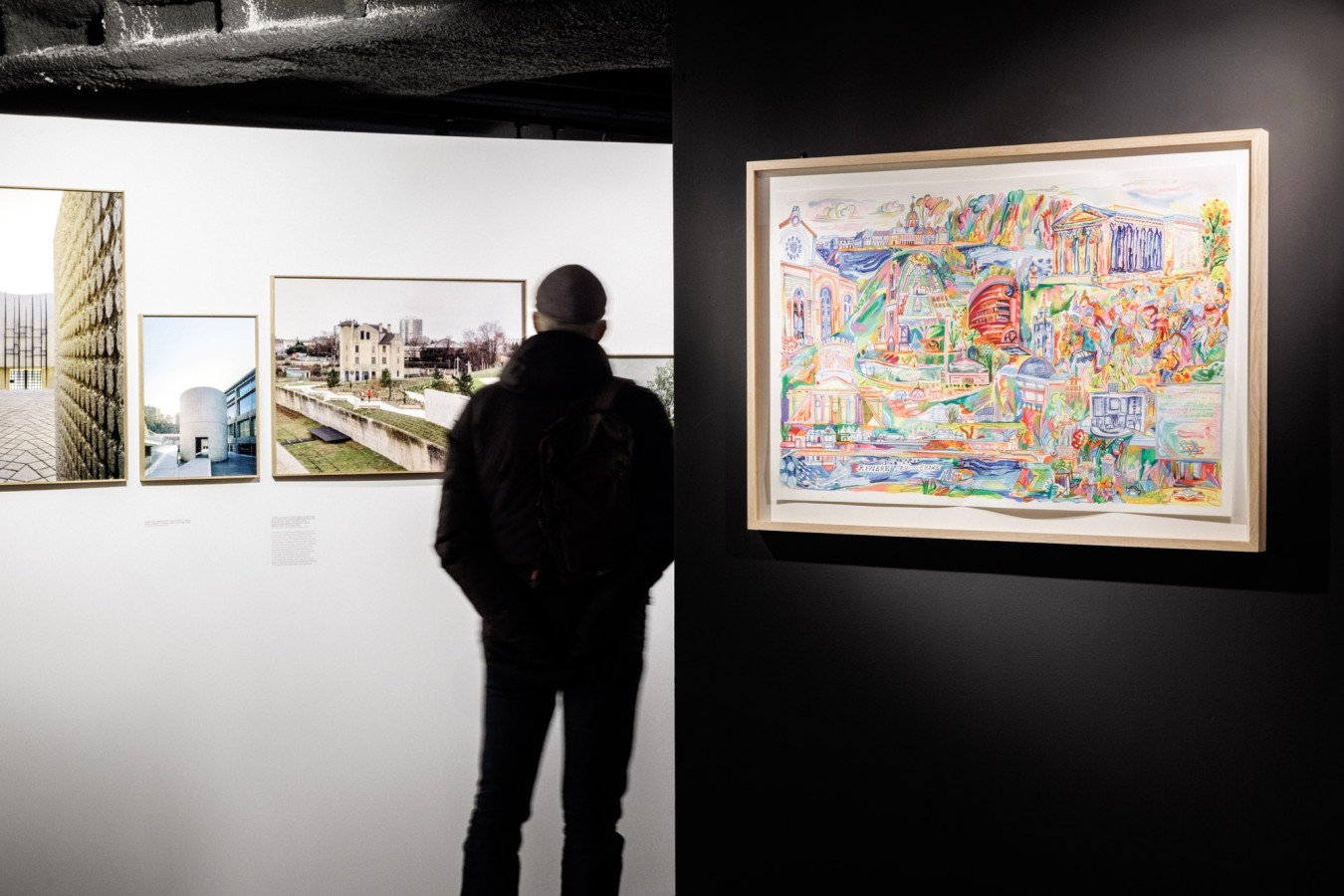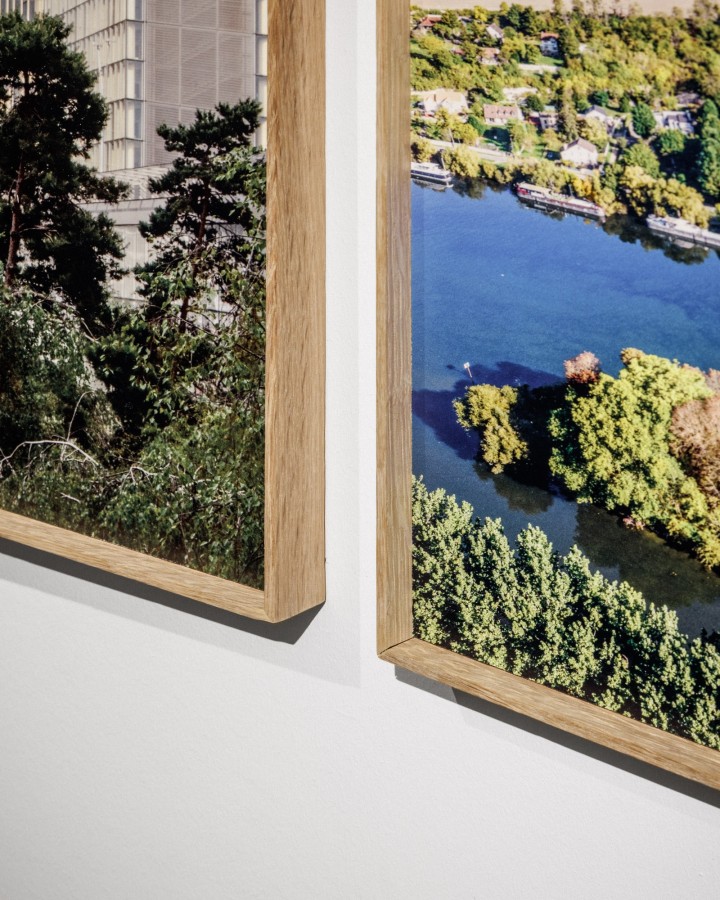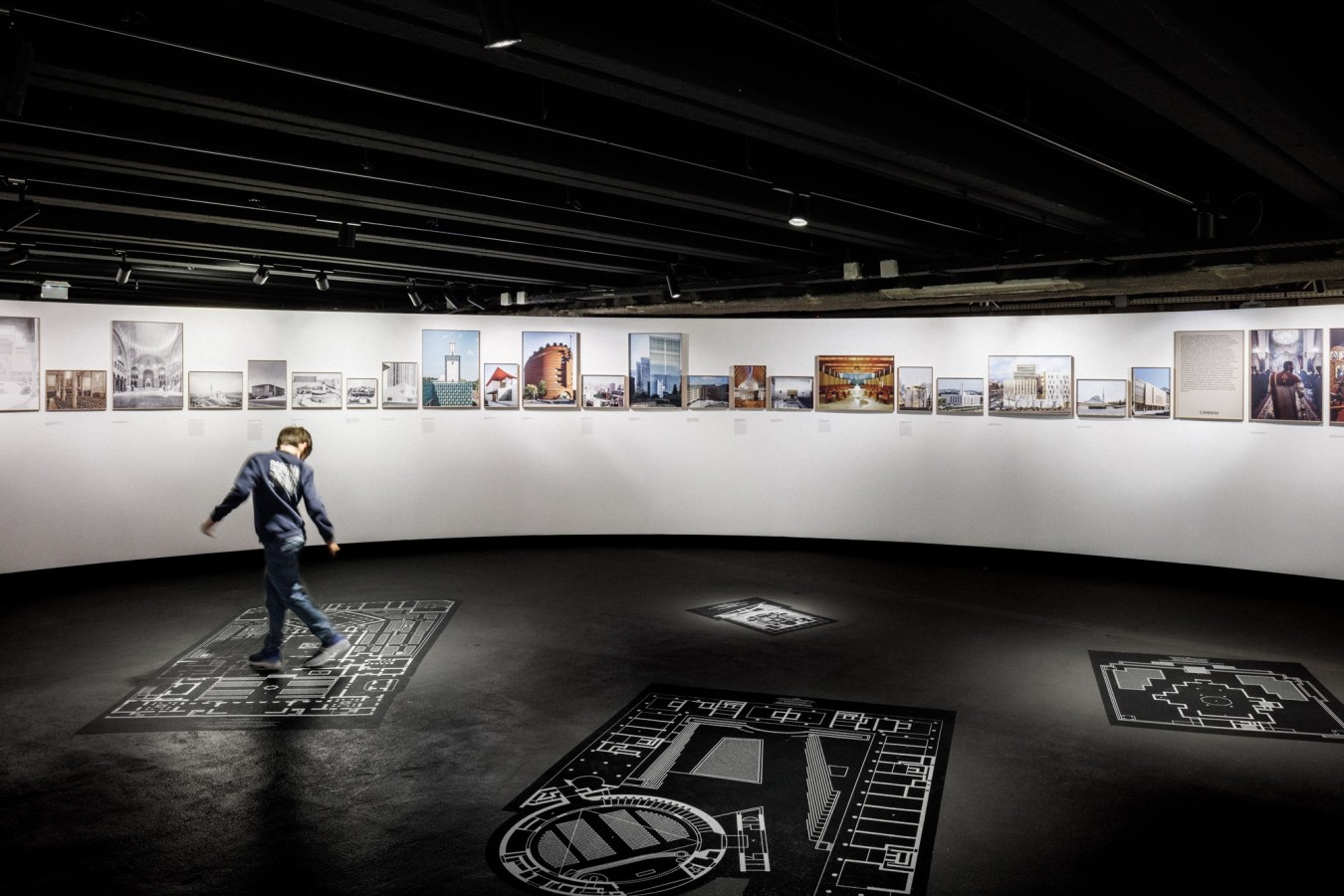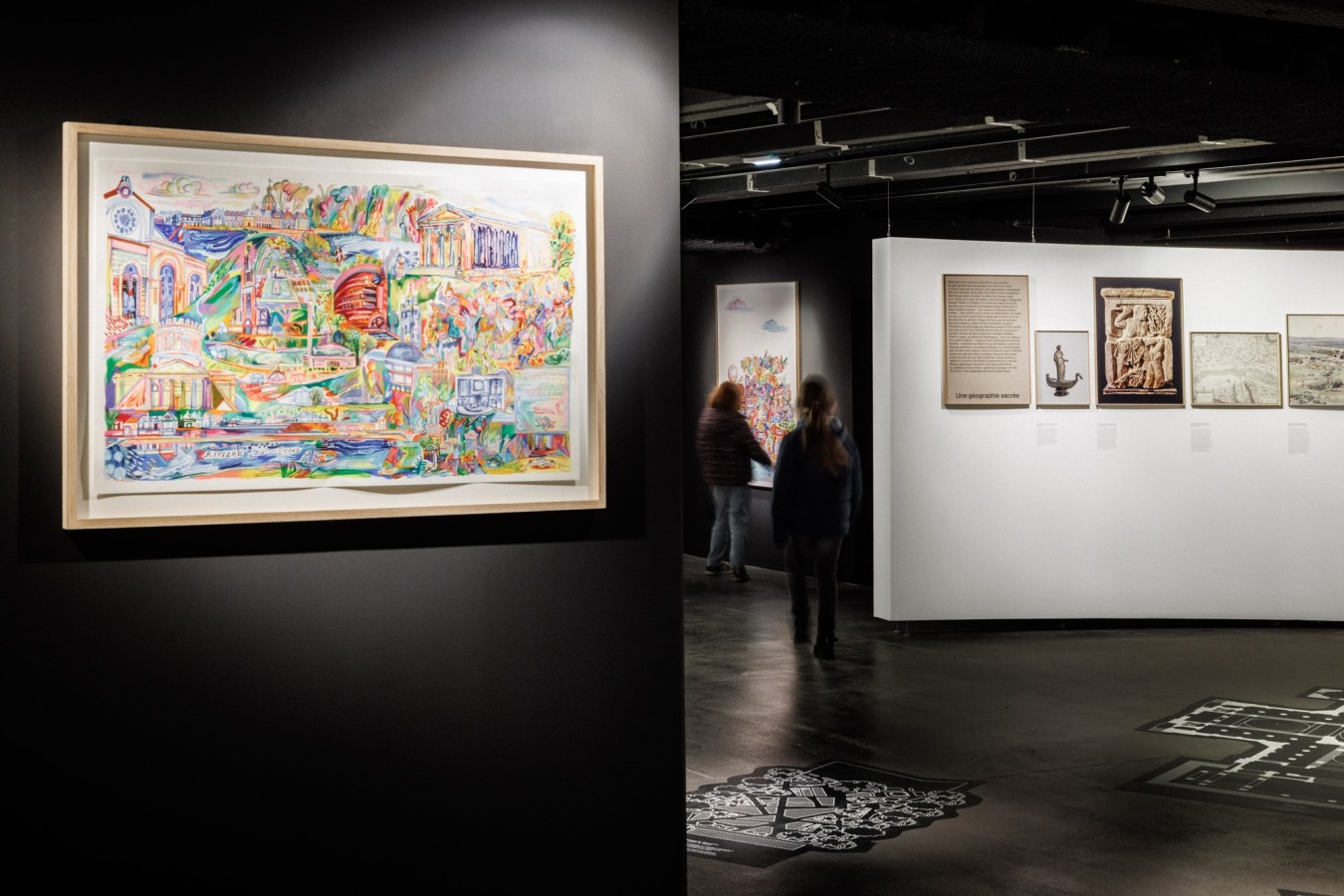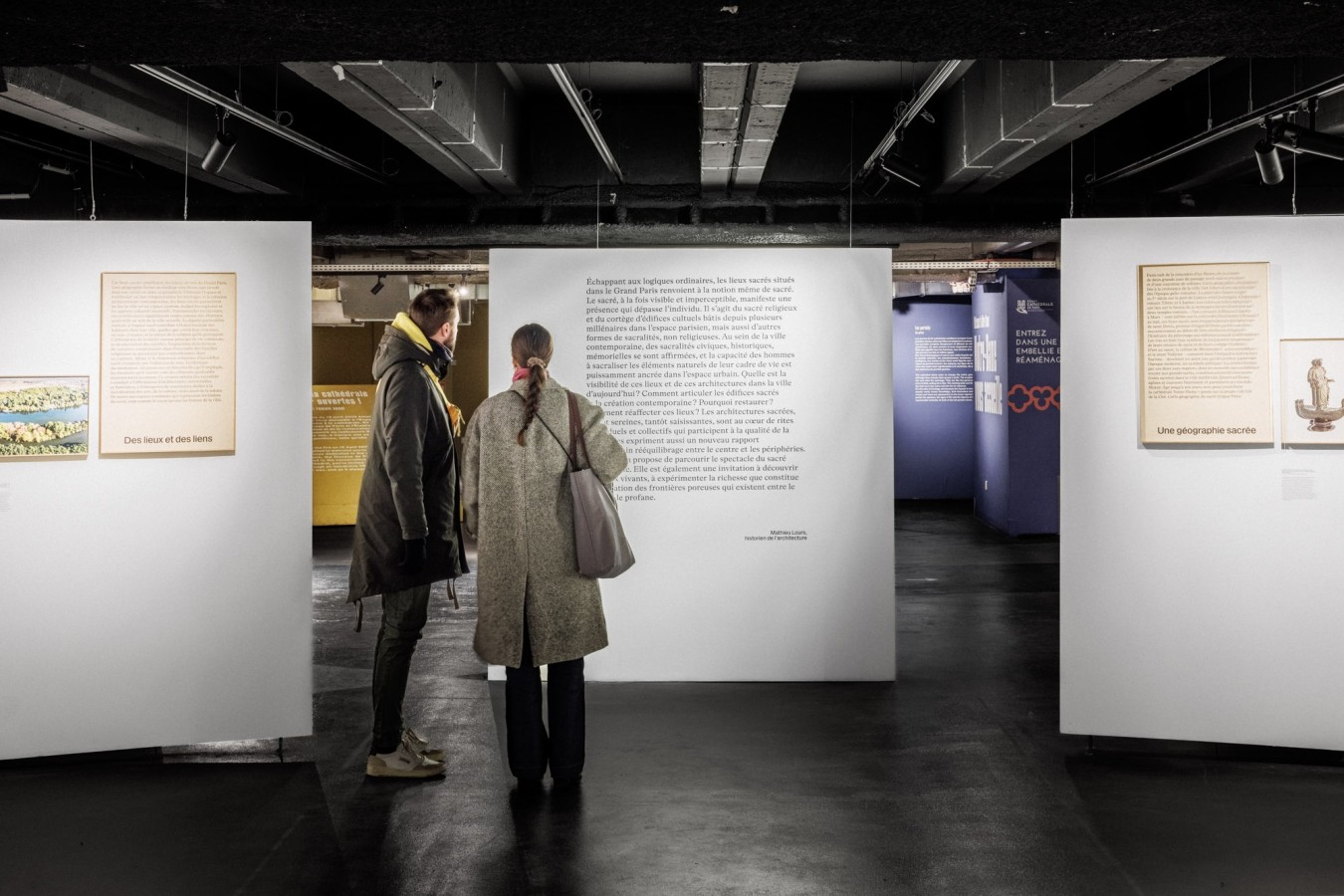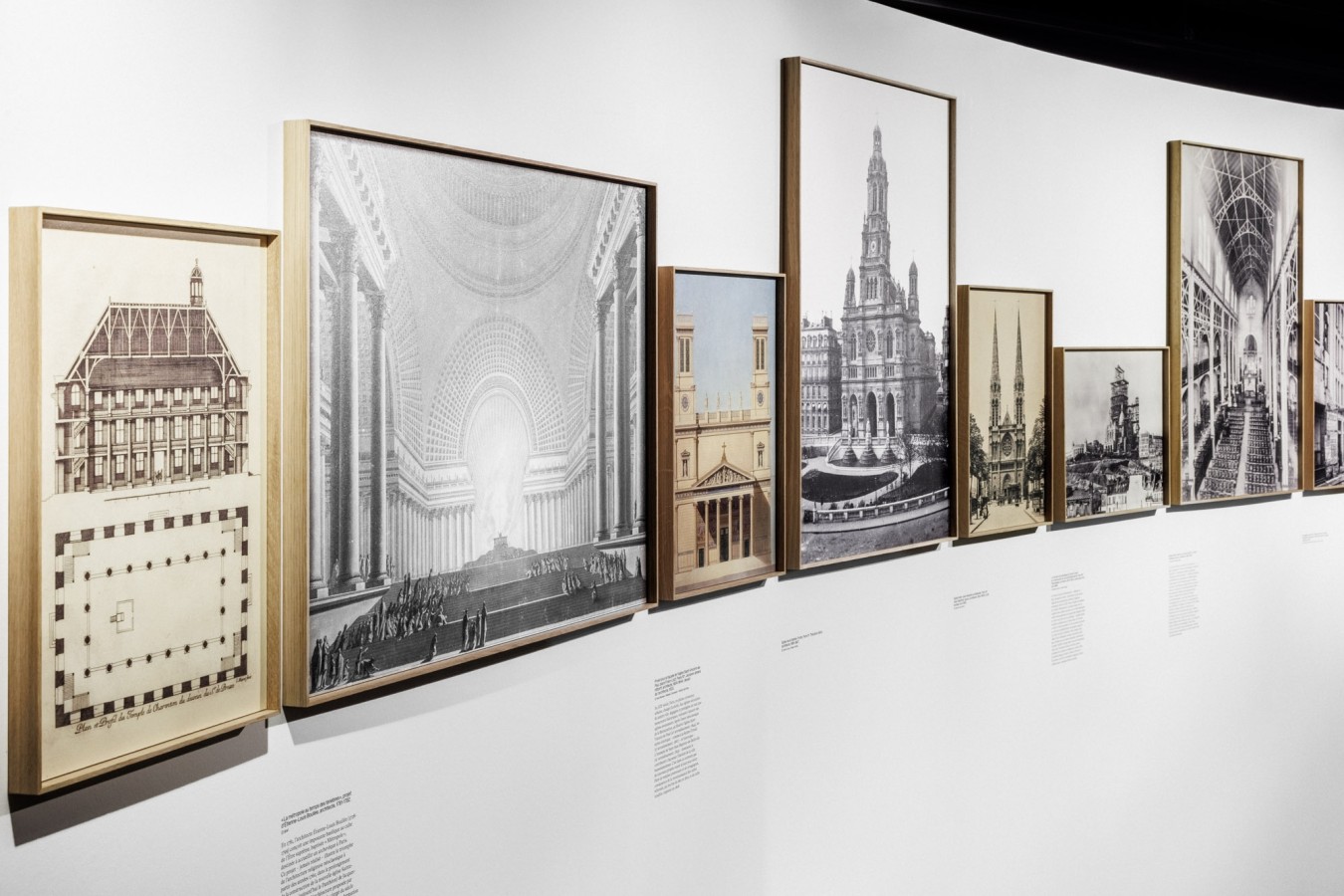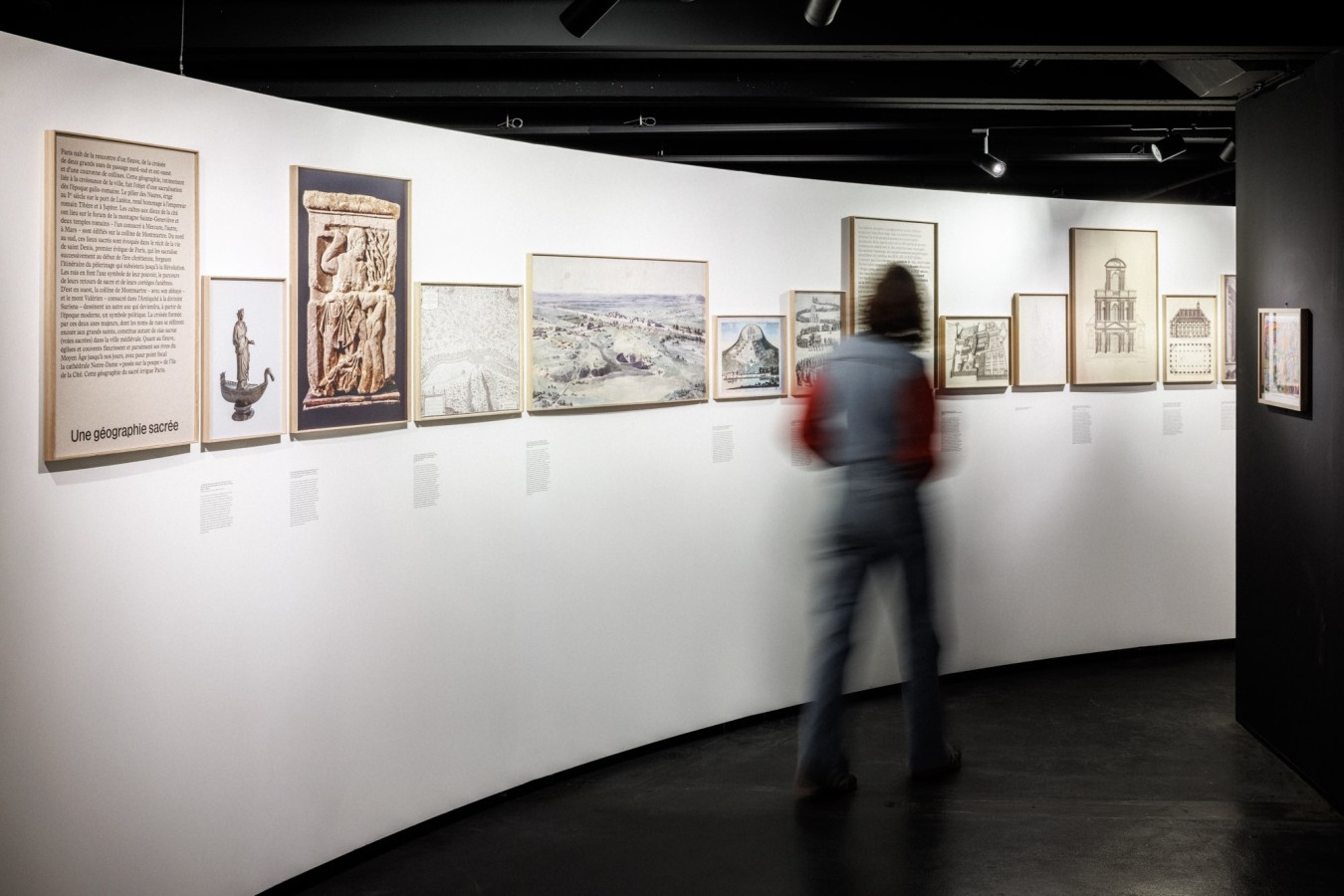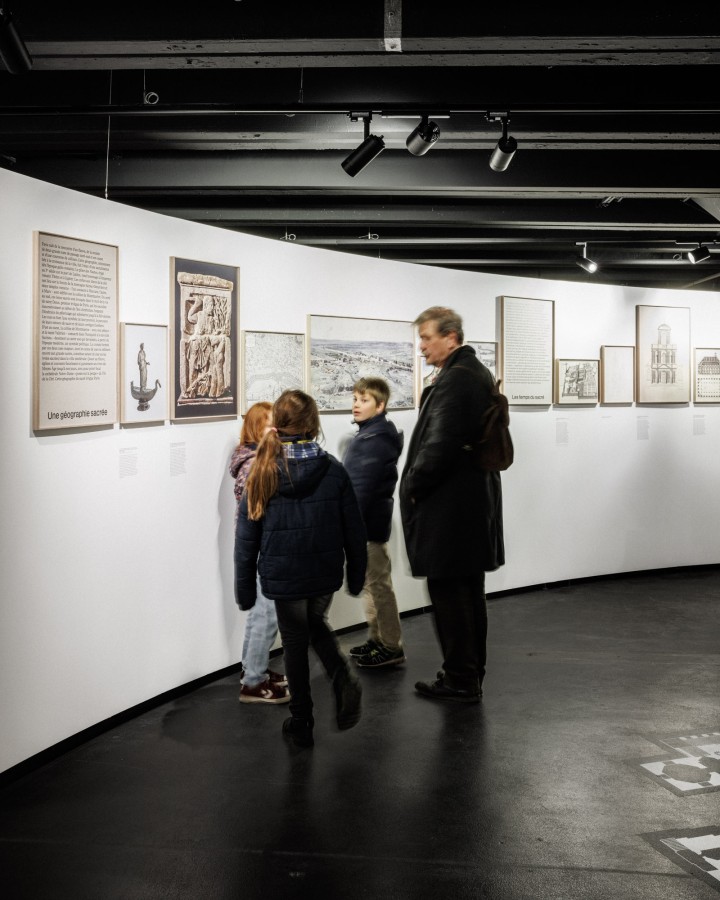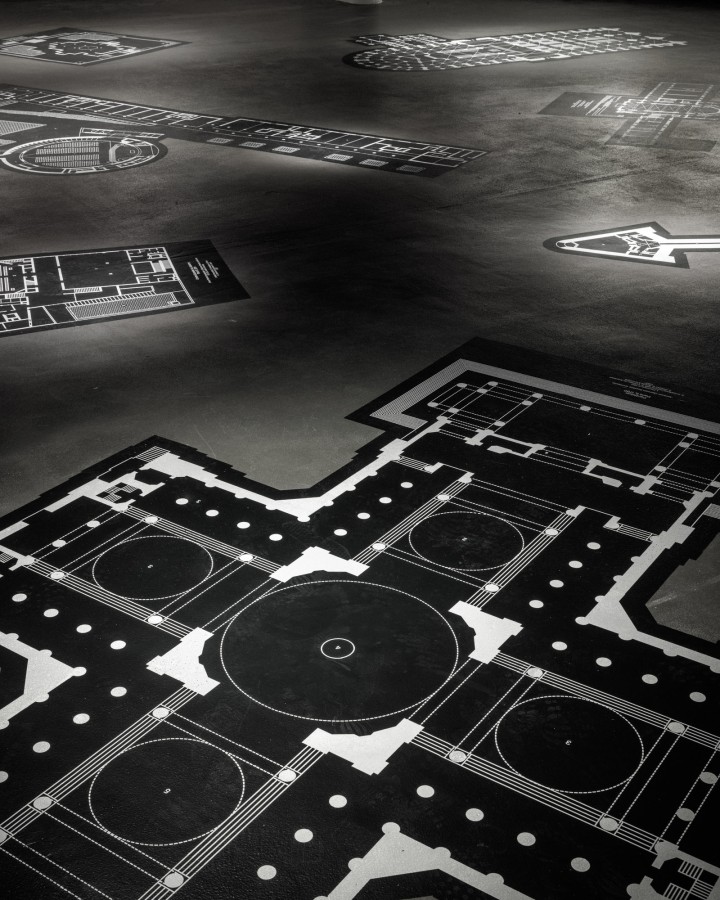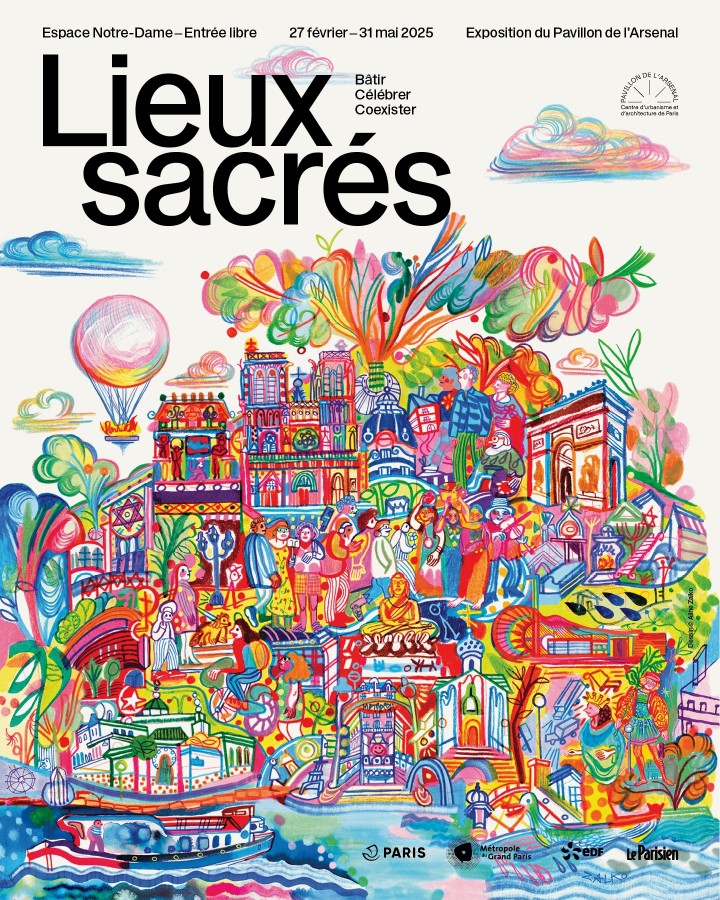For its first exhibition “off-site”, the Pavillon de l'Arsenal presents Sacred places - Building, Celebrating, Coexisting, beneath the forecourt of the Cathedral Notre-Dame de Paris.
After the fire of April 15, 2019, the restoration of Notre-Dame reminded us of the centrality of the sacred in the capital. The worksite, scrutinized by eyes all over the world, has shown that this sacredness is alive and well, that it goes beyond the religious sphere without ever excluding it, and that it says something about what the city is.
The Sacred places exhibition invites visitors to discover how the sacred is embodied today in Greater Paris, and in all its diversity, through a multi-faceted perspective combining history, geography and sociology. Religious and non-religious sites, places of remembrance, the sacred in nature: the exhibition explores the many forms that the sacred takes today.
While the 80s and 90s heralded a new era for cities, away from religious and civic sacralities, the sacred seems to continue to make the city its home, resisting better than other types of space, even if it is the object of contradictory tensions.
While the 80s and 90s heralded a new era for cities, away from religious and civic sacralities, the sacred seems to continue to make the city its home, resisting better than other types of space, even if it is the object of contradictory tensions.
The city remains a melting pot for new forms of sacredness. The sacred as an urban function continues to have a profound impact on the identities of the globalized Parisian metropolis, in ways that both continue and break with the legacies of past centuries. Dozens of restoration and construction projects for sacred, religious and memorial buildings are underway, especially on the outskirts of the metropolis, where the dynamic nature of these projects is helping to redress the balance in the face of the dense heritage of the sacred in the urban core.
Through a frieze of historical documents, contemporary photographs, architectural plans and large-format original drawings, the exhibition Sacred places - Building, Celebrating, Coexisting reminds us that the sacred, both religious and non-religious, has shaped neighborhoods and routes from Antiquity to the present day. It drives collective rituals within the city, gives meaning to individual and collective actions, and marks the places and times of the city.
Through a frieze of historical documents, contemporary photographs, architectural plans and large-format original drawings, the exhibition Sacred places - Building, Celebrating, Coexisting reminds us that the sacred, both religious and non-religious, has shaped neighborhoods and routes from Antiquity to the present day. It drives collective rituals within the city, gives meaning to individual and collective actions, and marks the places and times of the city.




